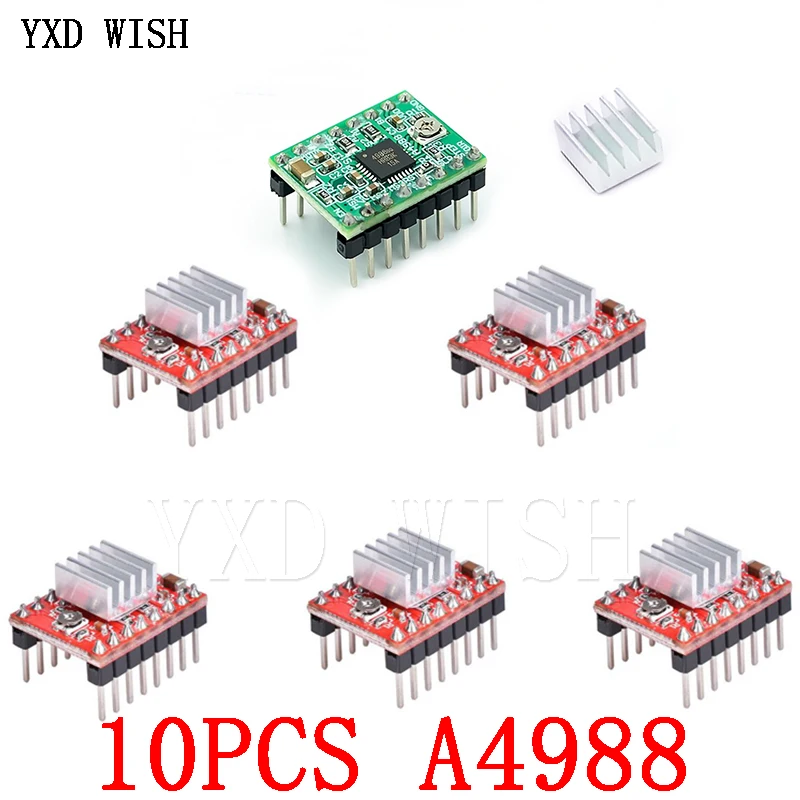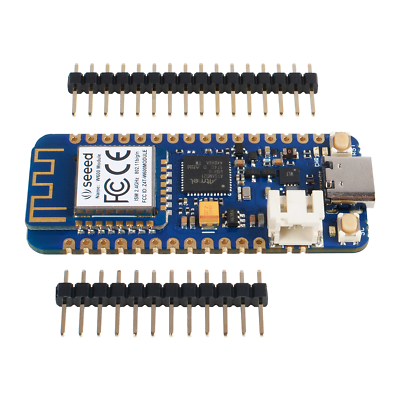Hi,
I need to control 16 Nema 17 steppers :
4 wires / 2 Phase, Voltage: 12 V, Current: 0.7 A / Phase
All steppers must be controlled individually and may run all together.
Would like to know if a TPIC6B595 is the correct choice for this project.
If not, Please give me a suggestion.
Thank You.
I need to control 16 Nema 17 steppers :
4 wires / 2 Phase, Voltage: 12 V, Current: 0.7 A / Phase
All steppers must be controlled individually and may run all together.
Would like to know if a TPIC6B595 is the correct choice for this project.
If not, Please give me a suggestion.
Thank You.





